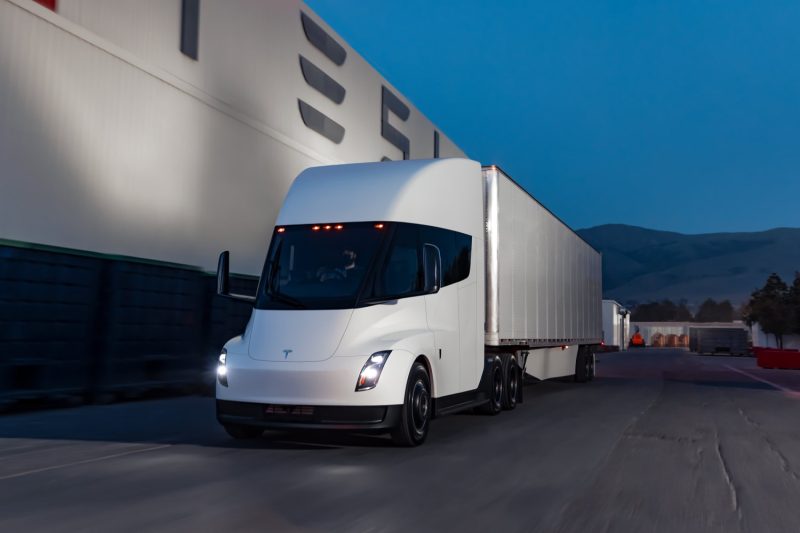The recent Tesla Semi fire in California has sparked concerns about the safety and handling of electric vehicles in emergency situations. In a dramatic incident, firefighters had to use 50,000 gallons of water to extinguish the blaze, raising questions about the unique challenges posed by electric vehicle fires.
The Tesla Semi is one of the most anticipated electric trucks in the market, promising to revolutionize the transportation industry with its innovative technology and sustainability benefits. However, the fire incident in California highlights the potential risks associated with electric vehicle fires and the difficulty in extinguishing them effectively.
Electric vehicle fires present a different set of challenges compared to traditional combustion engine fires. The high-voltage batteries in electric vehicles can pose a significant risk of thermal runaway, where the battery overheats and catches fire, leading to a chain reaction that is difficult to control. In the case of the Tesla Semi fire, the sheer amount of water needed to extinguish the blaze underscores the complexity of managing electric vehicle fires.
Firefighters faced numerous obstacles while attempting to extinguish the Tesla Semi fire. The intensity of the blaze, coupled with the risk of battery explosions, forced responders to adopt a cautious and strategic approach to prevent the fire from spreading further. The need for such a large quantity of water highlights the significant resources required to combat electric vehicle fires effectively.
The incident serves as a wake-up call for the transportation industry and emergency responders to develop specialized protocols and firefighting techniques for electric vehicle fires. Proper training and equipment are essential to effectively manage these unique emergencies and minimize the risks to both responders and the surrounding environment.
In conclusion, the Tesla Semi fire in California underscores the challenges and complexities associated with electric vehicle fires. As the adoption of electric vehicles continues to grow, it is imperative for stakeholders to prioritize safety measures and preparedness to mitigate the risks posed by such incidents. By learning from this experience and investing in specialized training and resources, we can ensure a safer future for electric vehicle technology.

